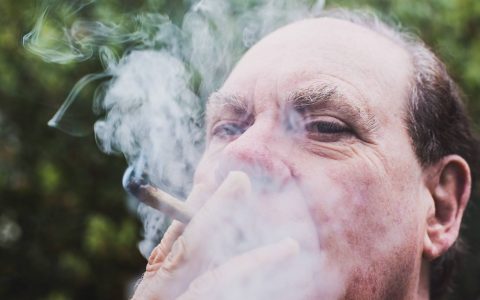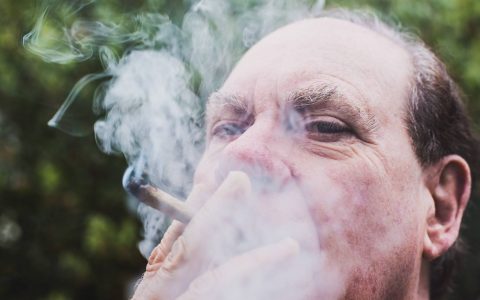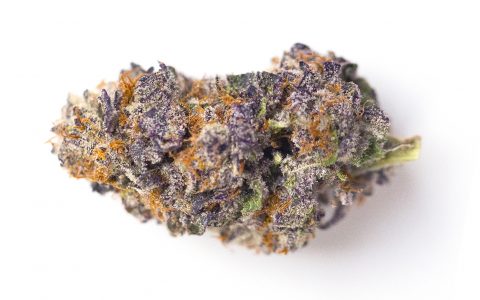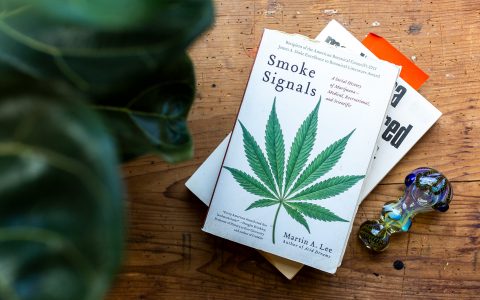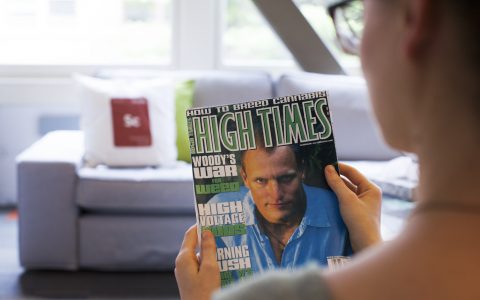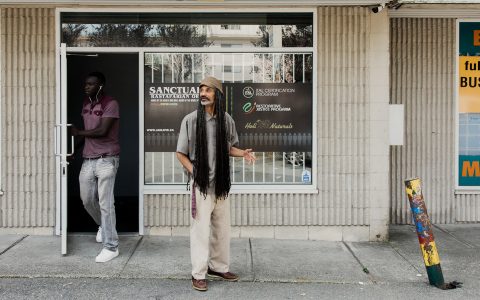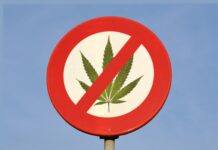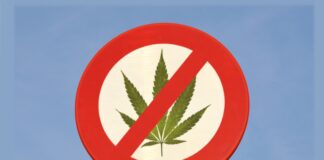Han Solo was a smuggler. Goldfinger was a smuggler. And so were many of the real-life leaders of the American revolution, who earned their livings by sneaking tea, sugar, and other foreign goods into the colonies without paying the hefty taxes on imports imposed by the crown. Rumor has it that Thomas Jefferson may have even smuggled some Chinese hemp seeds into the United States, to bolster one of the fledgling nation’s most important cash crops.
The heroes of that bygone era were outlaw smugglers with the gumption to go wherever cannabis was cheap and plentiful and come back with the good stuff in tow.
Such subversion can be seen as either the work of dangerous criminals or glorious freedom fighters. When it comes to cannabis smugglers, we’ll go with glorious freedom fighters—especially those bringing in something a little stronger than hemp.
After all, back before “homegrown” American cannabis became a thing, illicitly imported shipments of Acapulco Gold, Panama Red, and other exotic sativa strains from far-flung ports of call were the only game in town. And so, just as we rightly celebrate growers and concentrate makers today, the heroes of that bygone era were outlaw smugglers with the gumption to go wherever cannabis was cheap and plentiful and come back with the good stuff in tow.
Check out an early issue of High Times—a magazine started by a weed smuggler in 1974—and you’ll find articles debating the fair price for a brick of hashish in Kabul Afghanistan, or recommending the best boats and planes for hiding your cannabis cargo. In those same pages, a smuggler once attempted to explain the appeal of risking it all for one big score:
Do you have any idea how it feels to be at the controls of an old DC 3, flying through a mountain pass near Santa Marta, Colombia? Your instructions are to go over a picturesque little town with a church steeple at 10,000 feet, then drop down to 2,000 feet and follow a stream to a remote airstrip where the cows scatter in every direction as you put your wheels down.
It’s early in the morning, the sun is shining, the Andes are so gorgeous, and at the far end of the runway a huge truck’s waiting for you, filled up with bales of the best bud you’ve ever smoked.
Things changed, however, after the DEA was formed in 1973. That’s when the war on cannabis ramped up into a serious military effort, including heavy-duty interdiction efforts at the border, and long prison sentences for anyone unlucky enough to get caught. Soon enough, the well-mannered small-time smugglers faded away, and violent criminal cartels moved in to fill the void—though typically they focused on more lucrative contraband like cocaine and heroin.
Nowadays, cannabis is predominantly a domestic crop in the United States, and increasingly a legal one. But smugglers remain active within the underground.
How do you think all that lovely outdoor Cali bud gets to your pipe in Peoria?
Howard Marks
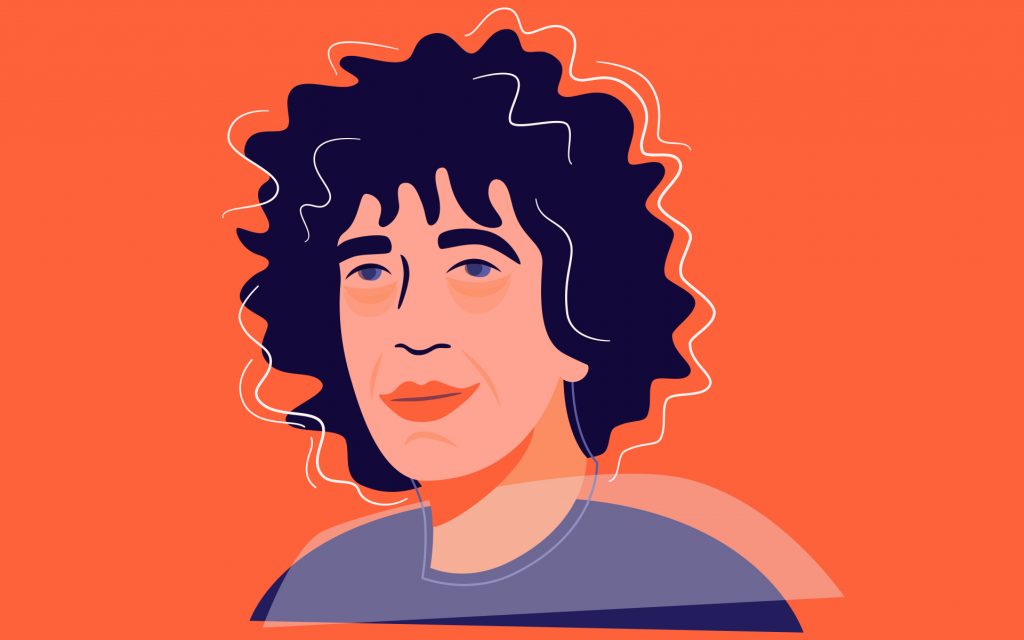 (Gillian Levine/Leafly)
(Gillian Levine/Leafly)
As explained on the front cover of his bestselling 1996 autobiography, Howard Marks (a.k.a. Mr. Nice) “was Britain’s most wanted man. He just spent seven years in America’s toughest penitentiary. You’ll like him.”
Howard Marks “was Britain’s most wanted man. He just spent seven years in America’s toughest penitentiary. You’ll like him.”
Marks first got started selling hashish while studying nuclear physics at Oxford University. After a chance meeting with a Pakistani supplier, and an uneasy alliance with a senior member of the Irish Republican Army, he began to grow his operation until, according to the book, he’d created 25 separate businesses to launder his smuggling profits, while operating under 43 different aliases. He also claimed to have made deals in concert with the CIA, the Mafia, and M16, the British spying agency, for whom he’s also claimed to be an asset.
Eventually, the DEA caught up with him and he did his time in a maximum security prison. Once released, Marks (who died in 2016) used the acclaim around his bestselling memoir as a platform to push for an end to the war on cannabis.
The Brotherhood of Eternal Love
Sometimes called “the Hippie Mafia” and best remembered for distributing copious amounts of a particularly pure batch of LSD known as Orange Sunshine, The Brotherhood of Eternal Love were among the most prolific hashish smugglers of the 1970s.
Founder John Griggs had been involved in an armed robbery before dropping acid for the first time, an experience that inspired him to denounce violence and return what he’d stolen. Then he started up a commune in Orange County, California dedicated to surfing, psychedelics, and learning self-sufficiency (growing their own food, making their own clothes), with plans to eventually break away and form their own society.
Most of the LSD they distributed was given away for free as part of the Brotherhood’s mission to “turn on” the world, an altruistic consciousness raising program funded almost entirely by the organization’s extensive Afghan hashish smuggling operation, which involved stashing the product inside musical instruments, VW buses, and hollowed out surfboards. They were also early pioneers in making highly concentrated cannabis oil.
Before their wave crashed in 1972—when 57 members of the The Brotherhood were simultaneously arrested or indicted as part of a huge federal operation—they managed to produce and star in their own propaganda film (Rainbow Bridge, featuring Jimi Hendrix), reportedly played a major role in the creation of legendary strain Maui Wowie, dropped 25,000 tabs of acid from an airplane onto one of their beach parties, and helped Timothy Leary break out of prison.
And really, that’s just for starters.
Check out the excellent documentary Orange Sunshine for an intimate look inside this unbelievable story.
Tom Forcade
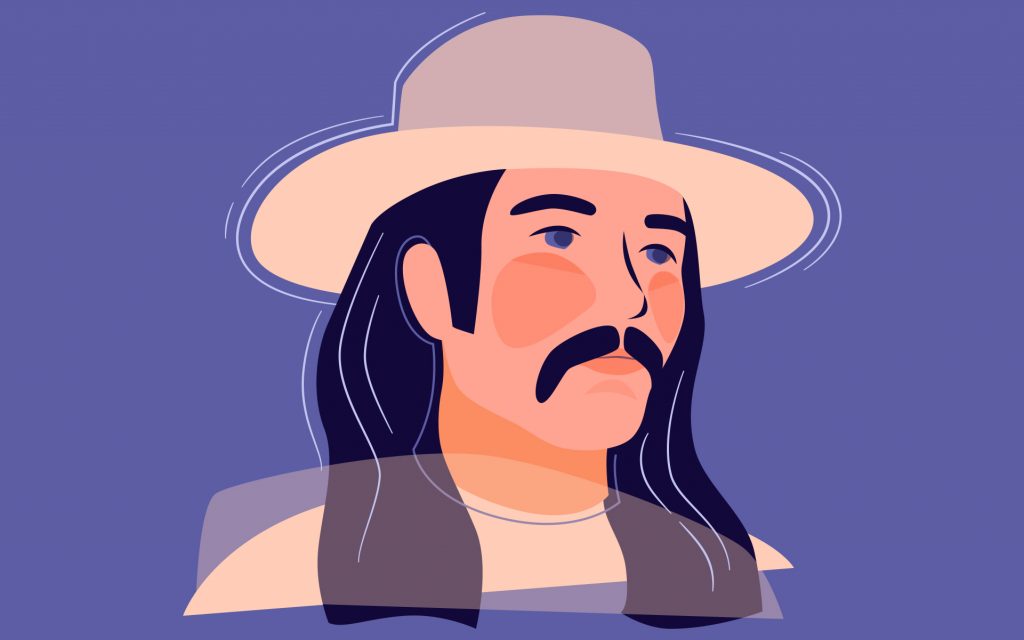 (Gillian Levine/Leafly)
(Gillian Levine/Leafly)
High Times founder Tom Forcade led a brief, deeply troubled, but ultimately triumphant life—often underground, and rarely more than one step ahead of the law. At once a cannabis smuggler, renegade publisher, political revolutionary, social misfit, cosmic prankster, and proto-punk, he promised High Times readers, in an early editor’s letter, that his goal was “to go all the way, whatever that may bring.”
Before founding the magazine that would become his most lasting legacy, Forcade devoted his attention to the radical underground press movement of the 1960s, while simultaneously building his cannabis smuggling operation up from occasionally stuffing some Mexican dirt weed into the wheel wells of his truck and driving over the border, to flying in plane-loads of the finest Colombian on the regular.
From the first issue, High Times celebrated smugglers as romantic outlaw figures who employed “propaganda by the deed” to undermine the government’s oppressive prohibition of a highly beneficial plant. Unfortunately, Forcade died in 1978, far too soon to see legalization and the sea change in public opinion around cannabis that his efforts helped inspire.
The Ethiopian Zion Coptic Church
South Florida has always been a haven for smugglers, starting with the pirates of the high seas that struck the coast as far back as the late 1500s, and on through subsequent eras of gun-running, rum-running (during alcohol prohibition), and so on.
By 1975, a group of American adherents had set up shop at a mansion in one of Miami Beach’s ritziest neighborhoods, where they immediately began an endless spiritual smoke session.
In the 1970s, before the “Cocaine Cowboys” and the cartels moved in, the region re-invented itself yet again, as a boomtown for small-time cannabis smugglers. A huge percentage of all the buds smoked in the entire Eastern half of the United States came in through South Florida back then, mostly via an informal cadre of little guys operating at a time when nobody really did hard time for a non-violent cannabis crime.
And then there was The Ethiopian Zion Coptic Church.
An offshoot of the Rastafarian faith, the church was founded in Jamaica. By 1975, a group of American adherents led by Thomas “Brother Louv” Reilly had set up shop at a mansion in one of Miami Beach’s ritziest neighborhoods, where they immediately began an endless spiritual smoke session that transformed a beachfront home now valued at over 22 million dollars into a perpetual clambake.
They were also smuggling massive amounts of cannabis from Jamaica into the United States. And they were fully vertically integrated, with the group in control of large-scale cannabis grows on the island, plus a shipping company with its own freighters to transport the product. Meanwhile, so confident were they in their perceived “religious use” exemption to the laws against cannabis, that they invited CBS News reporter Dan Rather to film them smoking the sacramental herb, with their children present.
Within a year of that footage airing, nine top-ranking members of the church were indicted, charged with smuggling over 100 tons of cannabis. Brother Louv would serve 12 years in prison.
Schapelle Corby
 (Gillian Levine/Leafly)
(Gillian Levine/Leafly)
When Schapelle Corby, a young Australian woman with blonde hair and a photogenic smile, got busted for smuggling nine pounds of cannabis into Indonesia in October 2004, the incident immediately sparked international headlines. Corby had been stopped by customs at Ngurah Rai International Airport, and a subsequent search of her bodyboard bag revealed the contraband in a vacuum-sealed plastic bag.
From that moment until the current day, Corby has steadfastly maintained that she had nothing to do with the cannabis and has no idea how it ended up in her bag. At trial, her defense posited a theory that corrupt baggage handlers in Bali had placed it there as part of a smuggling scheme of their own, but her lawyer later admitted in a documentary that he’d fabricated that entire scenario.
Meanwhile, in Australia, the story became a media sensation, particularly when Corby was found guilty and sentenced to 20 years in Indonesian prison. Many believed her innocent, and many others felt even if she was guilty, the punishment far outweighed the crime. And then there was the bitter irony of people suddenly caring about draconian prison sentences for victimless cannabis crimes when the prisoner was a young white woman in a Muslim majority country.
Corby spent nine years in prison before getting released on parole in 2014.
Lead image by Gillian Levine/Leafly


